I’ve always been hesitant to review Crusader Kings II DLC. Don’t get me wrong — the grand strategy game from Paradox Interactive is stupendously addictive and enjoyable for the most part. Paradox has made a killing when it comes to their business model because of how their main game and DLC releases are structured. The caveat there, however, is that you don’t get the most out of certain DLCs without owning another prior expansion. Holy Fury is one of those prime examples.
Holy Fury adds more flavor and fully fleshes out the mechanics for your role-playing and strategizing needs. Unfortunately, you’re not going to maximize all that it provides if you don’t own certain DLCs like Sword of Islam, The Old Gods, and the like. If you’re a long-time Crusader Kings II player, you more than likely own these already. If you’re a newcomer, you’re bound to get upset.
For this review, I did several playthroughs, some with all the DLCs disabled just to get a feel of what owning Holy Fury entails.
Crusader Kings II: Holy Fury – Playing as El Cid
For my first playthrough (all other DLCs disabled), I chose one of Spain’s legendary figures, El Cid. Rodrigo Diaz de Vivar was a nobleman from Castille who led armies against the Moors (the Muslims of Iberia). Despite being a recommended character choice for Holy Fury, you can’t actually play as El Cid directly from any of the game’s bookmarked dates. Either you set the date to January 1, 1094 AD so that an elderly El Cid already owns Valencia, or you set it over a decade prior while he’s in the court of King Alfonso of Castille and Leon. I chose the latter, picking King Alfonso and giving El Cid the county of Soria. Then, I switched over to play as de Vivar himself.
A major draw of Crusader Kings II: Holy Fury and its accompanying free update is a reworking of the Crusades. Before, the Pope simply called a Crusade, rulers pitched in, and whoever performed the best got all the lands and titles. It’s like a talent show for Monopoly. In Holy Fury, new mechanics are introduced to make that feature more dynamic.
Characters are given time to prepare for a Crusade and, via the panel, you could pledge more to the war chest. Additionally, you could request a different Crusade target or even set a beneficiary. Should El Cid distinguish himself among all participants, that beneficiary would gain the rewards. As a selfish person, I decided to claim it all for myself (which would mean locking myself out of the war chest). I also switched the target to Al-Andalus. They were the closest to Soria, after all.
King Of Kings
For some strange reason — and I don’t know if this is a bug — I couldn’t see a visual change in the “stance” I chose for my rewards. I just kept alternating between myself and the beneficiary. Then, with the Crusade over, I ended up with these results:
- My cousin (the beneficiary) somehow held the Duchy of Toledo
- A Frenchwoman, who’s a relative of the French king Philippe Capet, owned one of the counties in the Duchy of Cordoba.
- A relative of William the Conqueror became a Crusader Lady and now owns Valencia.
- I’m suddenly King of Granada, and I also took a chunk from the war chest.
No longer a subject of my good friend, King Alfonso the Brave, I decided to get coronated. Since this is the legendary El Cid, I thought it’d be best to have the Pope crown me. My coronation went smoothly owing to a high opinion from the Pope, although I’ve heard that it’s possible for the Pope to send you out on an errand first before he crowns you (if relations aren’t high enough). Getting crowned also changes your portrait depending on the monarchic headgear, and you can even gain treasures.
I mentioned King Alfonso was a good buddy, and that’s because Holy Fury also allows you to “Sway” or “Antagonize” characters. These will present you a series of events and decisions that can improve relations or build friendships. Alternatively, you could make someone a rival or a deadly opponent.
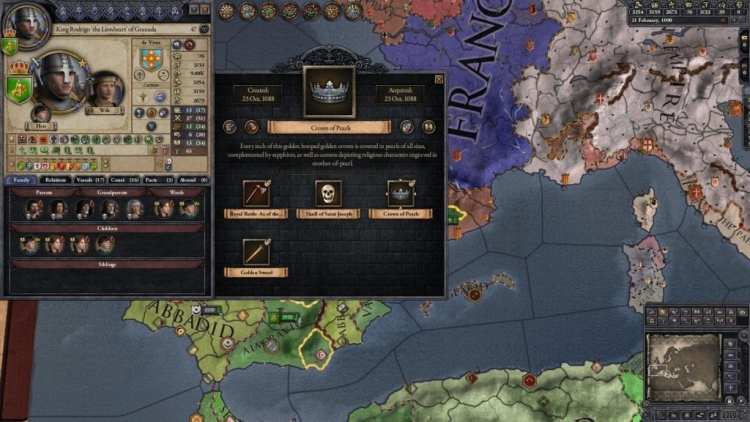
Crusader Kings II: Now with regal hats. Strangely enough, El Cid’s portrait kept changing. He’s now this generic looking fellow. I know that character portraits can change, but not like this. The legendary El Cid now looks like a random marshall.
The Reconquista in Crusader Kings II: Holy Fury
Another rework for the Holy Fury DLC is how it handles major Crusading events throughout history. For instance, you can enact the Reconquista (the Christian retaking of Muslim lands in Iberia) via a decision. You’ll then receive prompts that allow you to choose whether you’ll gain new troops, ships, or commanders — for a price. You can even ask the Pope to spare some coin.
When preparations are finished, you have a limited timeframe to choose a target for your reconquest. You’ll also find similar details in other parts of the game world or timelines. You can see how the following would play out, or even take an active role:
- The Fourth Crusade – Also known as that time when rowdy Crusaders ended up sacking Constantinople instead, completely breaking the power base of the Byzantine Empire.
- The Children’s Crusade – When populist rhetoric and blind optimism led children to disaster; instead of converting the Holy Land, they ended up in slave markets.
- The Northern Crusade – The Christianized rulers and generals of Northern Europe decided to convert Pagans by fire and sword.
Overall, if you were a fan of Crusading before — it is Crusader Kings II, after all — Holy Fury provides you with more events and decisions to enrich your playthrough. Be forewarned that, like me, you might end up with odd results. Likewise, it’s worth saying that some changes (ie. coronation, sway/antagonize) feel like they should’ve been added as free QOL improvements.
Go, go Pagan Rangers!
In direct opposition to the devout Crusading Christians, there are the Pagan rulers and lords in parts of Europe and Africa. Holy Fury also adds new features if you prefer playing as a Pagan by way of Warrior Lodges.
One of my playthroughs was the recommended character Aritso of Kanem. Apparently, he would become one of the kings of the mighty Kanem-Bornu Empire (in the game it’s a kingdom title). In Aritso’s case, I was able to join the Brotherhood of the Storm, which added boosts to my character traits. In order to rank up in the Brotherhood, I had to complete their missions. One particular mission asked me to raid a nearby county. Half a year later and I wondered why my raiding army wasn’t successful, until — again, not sure if this was a bug — I realized that I had to move my army back and forth just to force them to pillage the location. That was odd, to say the least.
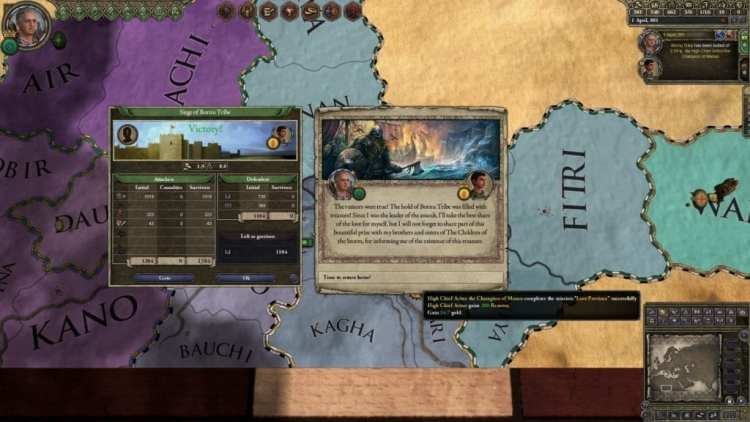
“What do you mean I just needed to walk back and forth so we can plunder this land’s riches even though I already told my army that we’d be a raiding party six months ago?” King Aritso of Kanem-Bornu
For another playthrough, I chose Rurik The Great, founder of the Rurikid Dynasty. Rurik the Viking would consolidate his power in the lands that would eventually become Novgorod. I conquered my neighbors or subjugated them until I owned the de jure parts of the Kingdom of Gardariki (Novgorod).
I was also part of the Wolf Warriors society as Rurik. Several of their missions had me dueling various Vikings across the lands. It was also very annoying since one of the requirements to duel someone was for them to not be at war. Since they’re damned Vikings, they were often at each other’s throats. In one case, I had to wait several months until the Petty King of Jylland finished his wars with Saxony and Sweden just so we could have a proper fight.
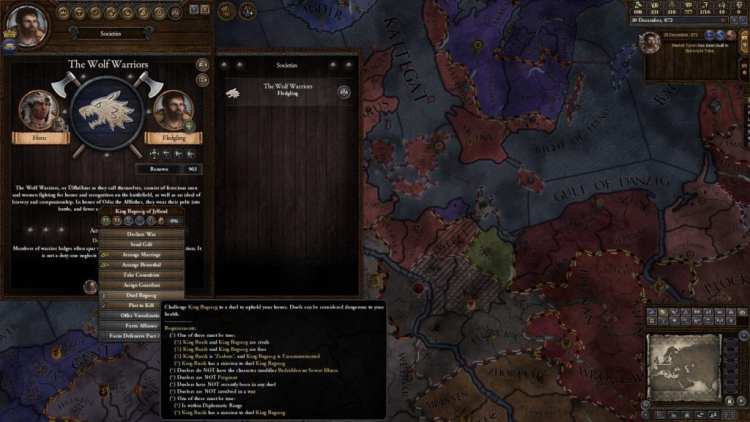
“You’ll have to defeat this man to prove your worth, Great King. Also, wait until he’s no longer busy, however long that may take.”
There are also deeper customization options if you wish to be a Reformed Pagan. A Reformed Norse society where everyone loves peace, women can hold the reins of power, and folks love some good, old-fashioned blood sacrifices? That’s Medieval times of being #woke, I guess.
Bloodlines And Babies
Some famous characters are part of great, historical Bloodlines. This is a new feature in Holy Fury which further adds to the role-playing element. Certain characters belonging to a Bloodline gain additional bonuses. Catholic characters might even become saints, leading to bonuses for your descendants. Planning your dynastic tree becomes even more important because your descendants can gain the traits of other Bloodlines. You might see those Bloodlines for certain dynasties reflected in some of the images above.
Also, the ledger allows you to check for existing Bloodlines and their living descendants. Finding a living character is as easy as clicking a few buttons on their panels. Through your actions, you can even create a distinct Bloodline of your own. Similarly, it’s also possible to revive a Bloodline that’s almost extinct (provided you can nab that character and create more descendants). Check out the Bloodlines for King Caradog of Britain as well as the Carolingian Bloodline:
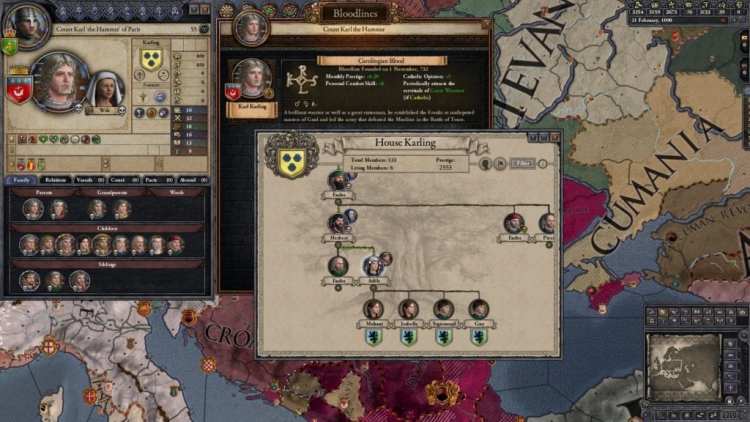
“You know we were famous before that Charlemagne guy, right? Wait, there’s a DLC named after him? For Christ’s sake!”
Since we’re talking about “blood,” another addition in Holy Fury is the Kill List. Crusader Kings II isn’t shy about characters murdering everyone just to position an heir or grab a title, and the Kill List exemplifies that. You can check character panels to see the characters they’ve killed and via which method. Were these people executed? Were they assassinated via a “drowning accident?” Perhaps they were offered to the gods? How about a duel to the death? Getting five kills lands you on that particular ledger as well.
On a lighter note, pregnancy events will also confer new opportunities for you to role-play. Sometimes your spouse (or you yourself as a female character) would have options to go into hiding if the pregnancy is stressful. You could also be asked to send for new courtiers, or even flatter your partner while they’re carrying a child.
I’m Shattered!
Other inclusions to Holy Fury are the Shattered and Randomized Worlds. In Shattered Worlds, you can generate an entirely new pan-continental game world based on the number of rulers and titles that you’d like to have. What was once the Kingdom of France could end up broken into just a bunch of counties instead.
In Randomized Worlds, you can create a fantastical scenario where anything and everything goes. Depending on the settings, you can have a Byzantine-esque Empire based out of India or the Russian steppes; the same goes for the Holy Roman Empire. The names of territories, titles, and even religions are all completely fictional. For instance, you could have a Dzarjadivirian Caliphate ruled by a female! Randomization makes for an alluringly confusing playthrough. I even tried the “give_title” console commands only to find out that they no longer applied.
The feature is sure to be a hit for those who enjoy a bit of fantasy and ahistorical flavor in their games. In any case, my only gripe is that if Paradox wanted to introduce the Shattered/Random Worlds feature, they could’ve at least gone all out. Rather than the same Crusader Kings II game world, why not completely “shatter” the landmasses to make it truly different? It’s akin to what they’ve already done with Europa Universalis‘ Random New World Generator.
Then again, you could just find that Easter egg and play as a literal Animal Kingdom. Pick from various cultures until you’re able to select animals which then changes rulers and characters to various mammals, fowls, and critters. Yes, even cats and dogs can have babies. Still, most of it is just a change in the culture group as opposed to outright overhauling the system.
No DLC, What Now?
Holy Fury adds a lot of elements to make your Crusader Kings II gaming more engaging. The downside is that you’ll need to obtain some of the core DLCs to get the most out of it.
- The Old Gods is almost mandatory given that you won’t experience the cream of the crop of Pagan rulers without it, and you’ll mostly end up playing as watered-down descendants.
- Monks and Mystics is almost a given because of additional societies you could join as a Christian ruler.
- Sons of Abraham is even a requirement just to get Shepherd’s Crusade events to fire.
- Likewise, Rajas of India, The Republic, and Sword of Islam might be needed if you’d like to play as certain characters in your randomized or shattered worlds.
- You could get Sword of Islam, The Old Gods, Way of Life, and Legacy of Rome via the Dynasty Starter Pack bundle since that’s the cheapest.
The Warrior Lodges themselves, while helpful for the RPG aspect, seems out of place in certain occasions. You could be the greatest conqueror the world has ever seen, but if you haven’t gained enough renown in your society, you could be just a neophyte. Meanwhile, that mercenary band you keep recruiting? That’s the leader of your bunch.
Apart from the “not sure if this is a bug or if it’s working as intended” statements I made above, I also noticed a peculiar error in my playthroughs. Andalusian Muslims don’t have faces at all for their portraits (it’s just their attire). No worries at all about Berber, Bedouin, or other cultures. I wasn’t so sure if it was because I disabled the DLCs I owned. However, when I enabled them again, the issue persisted.
Crusader Kings II: Holy Fury – Fighting for your cause
Ultimately (or “vult-imately” if you like puns), Holy Fury‘s changes to Crusader Kings II mechanics spice up the entire game. Tweaks to Crusades, Coronation, duels, and Pagan actions add more flavor. Additionally, Bloodlines and the Kill List make for new and fun ways to delve deep into checking out how families and characters have fared. Sadly, some of these changes feel like they belong to free QOL updates as opposed to actual expansions. The coronation and baptism events, for instance, feel tacked on.
Holy Fury‘s biggest drawback, however, is that it’s not a DLC that can fully stand on its own. Although it adds more layers to campaigns from 1066 onwards, to maximize your experience it’s preferable to buy the other DLCs. The default start dates, without DLC, aren’t the best means to showcase what Holy Fury’s Paganism features contain (unless you want to play with Paganism already on the ropes).
I’d go so far as to state that the design choices seem odd. On one hand, you’ve got a more detailed representation of the Crusades which all historically fire at default or later start dates. On the other, the Pagan changes are more tailored for earlier start dates (Charlemagne and The Old Gods) when they actually felt like powerhouses and playing as them would be worthwhile. Similarly for your Shattered/Random Worlds, no matter how creative they are you still won’t be able to pick some nations/leaders if they’re locked behind DLC.
As mentioned in the beginning, if you’ve been playing Crusader Kings II since 2012, you probably own a lot of the extra content already. That means Holy Fury is a great purchase since it adds to multiple facets of the game. If you’re new to the game, however, you’re better off picking some of the core offerings that expand the game further before grabbing this. Ideally, those choices would be Sword of Islam, Legacy of Rome, and yes, even The Old Gods.
Note: Due to an oversight when this review initially came out, we’ve adjusted the text and score accordingly.

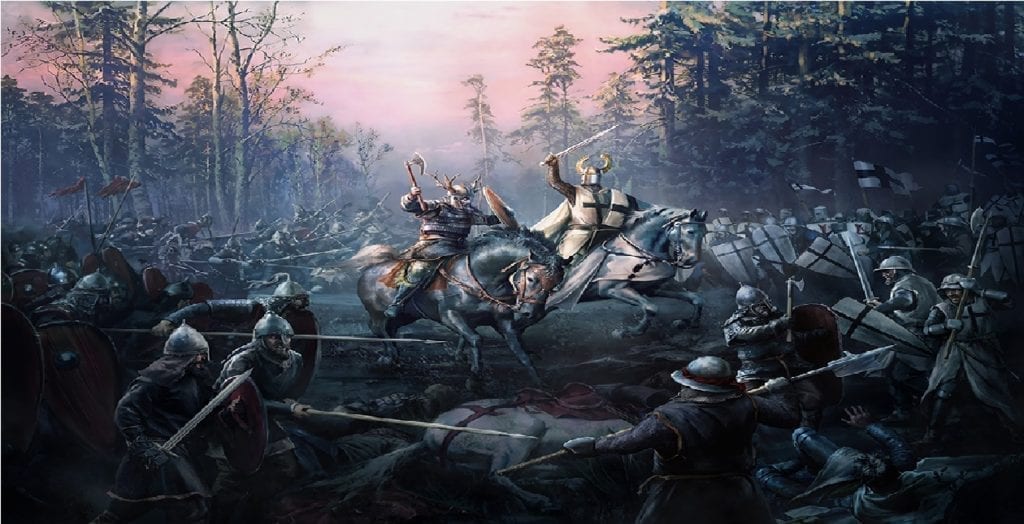
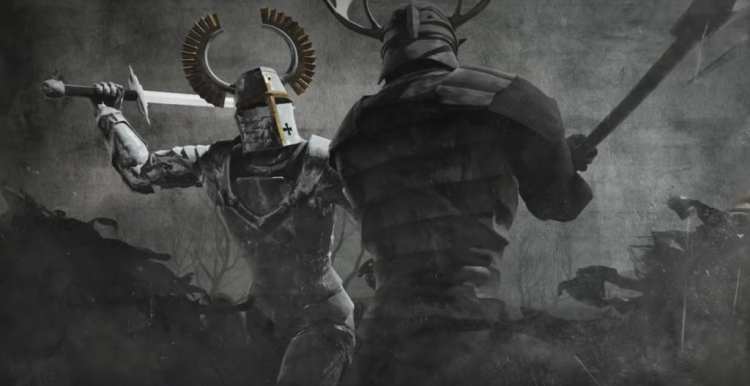
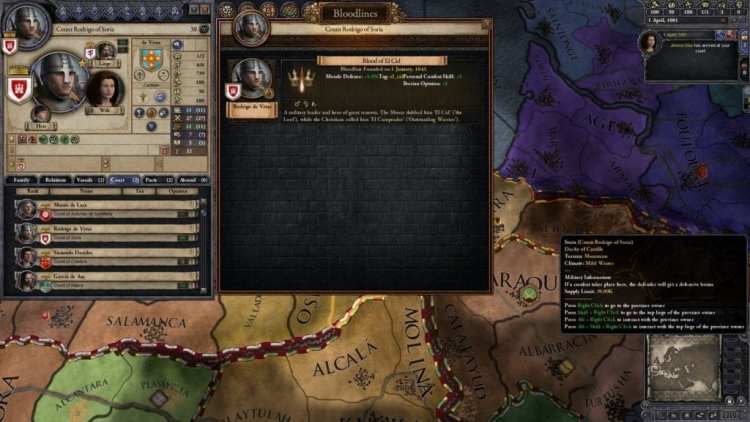
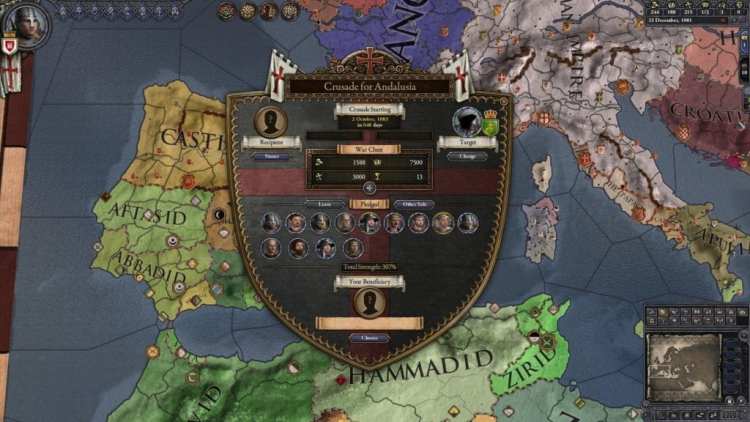
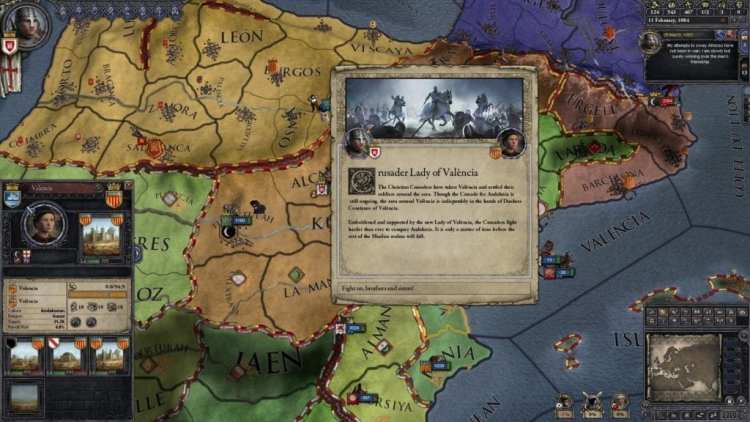
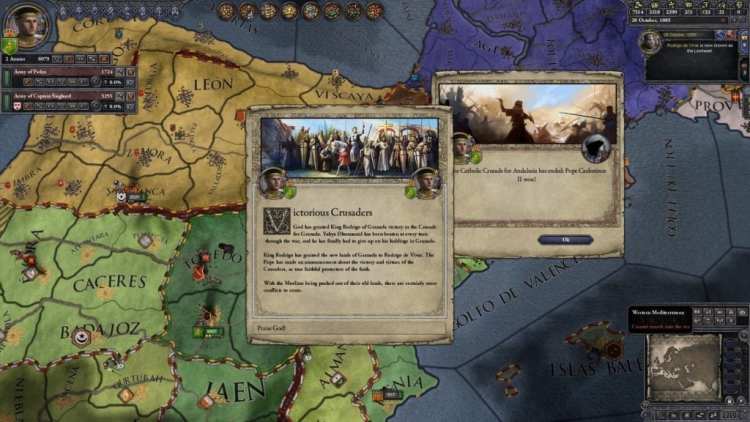
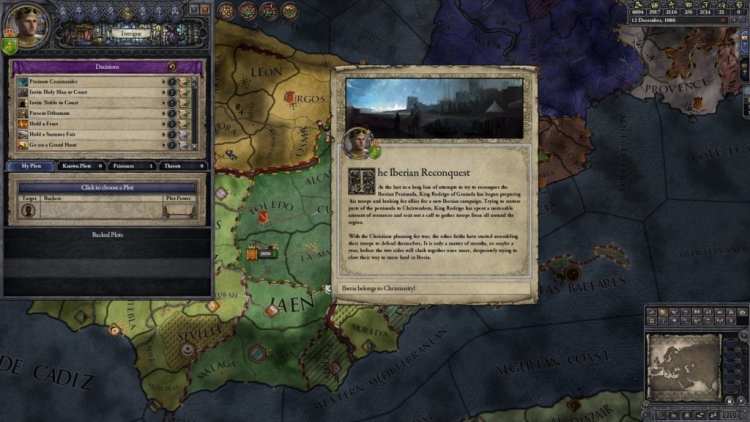
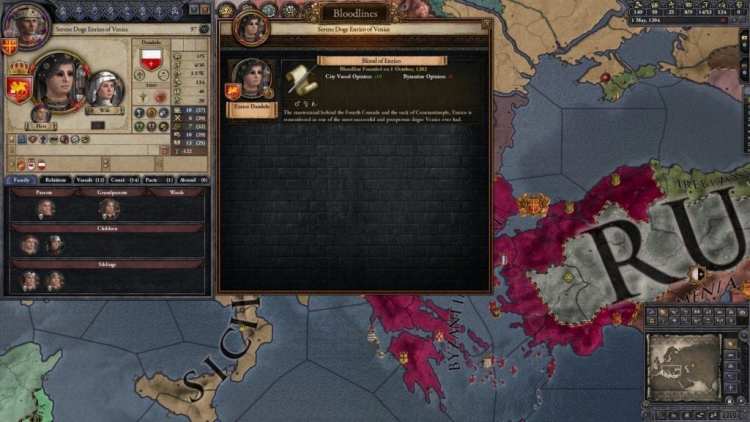
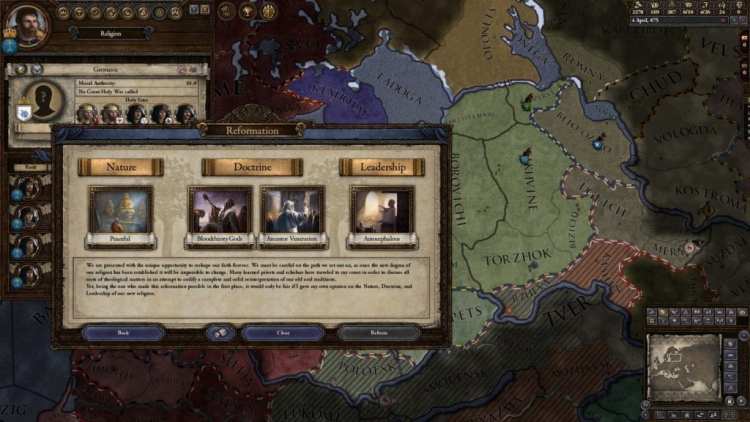
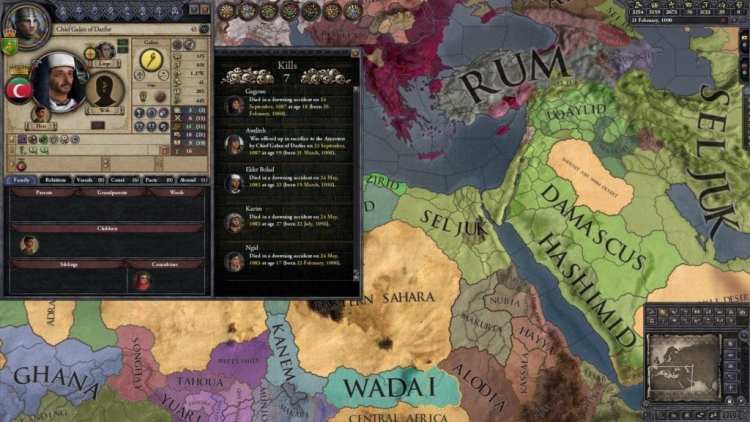
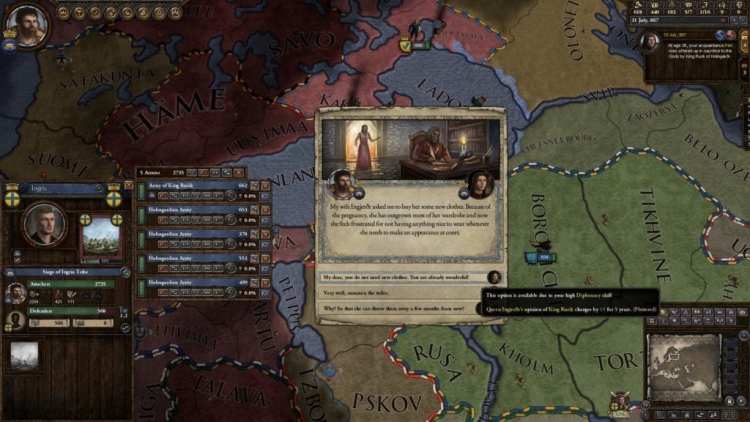
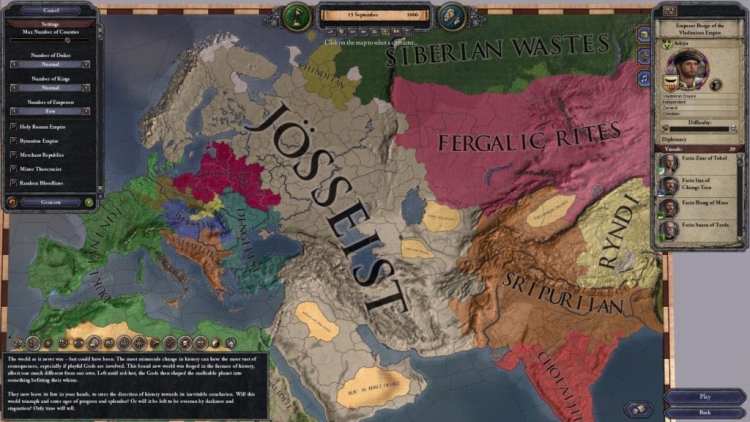
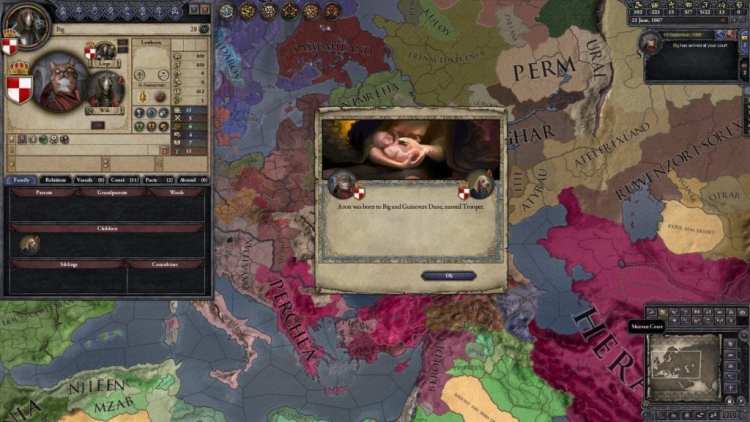
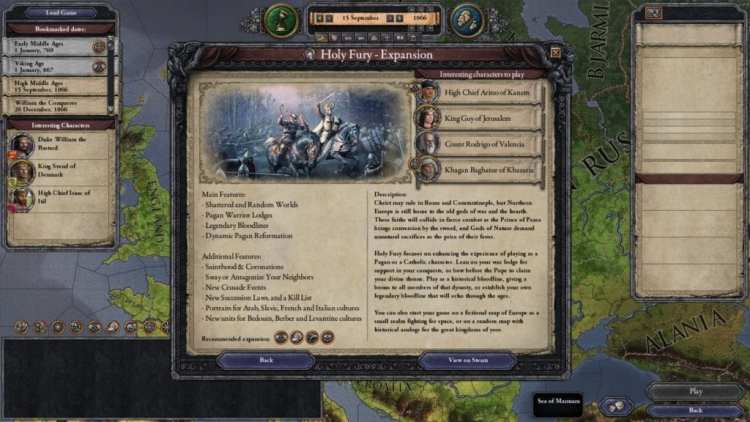
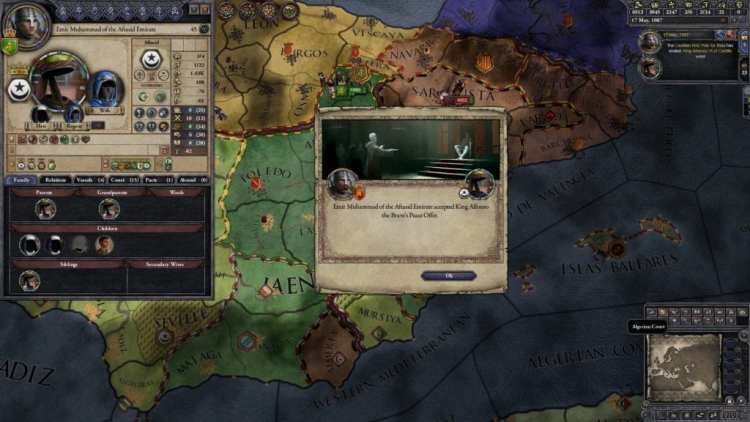





Published: Nov 13, 2018 09:00 am